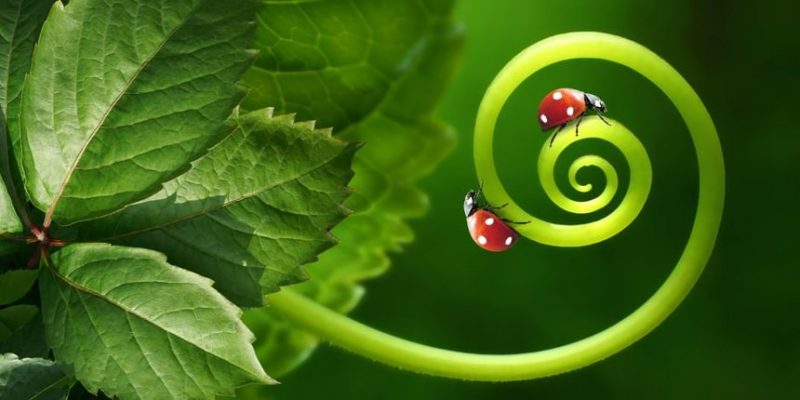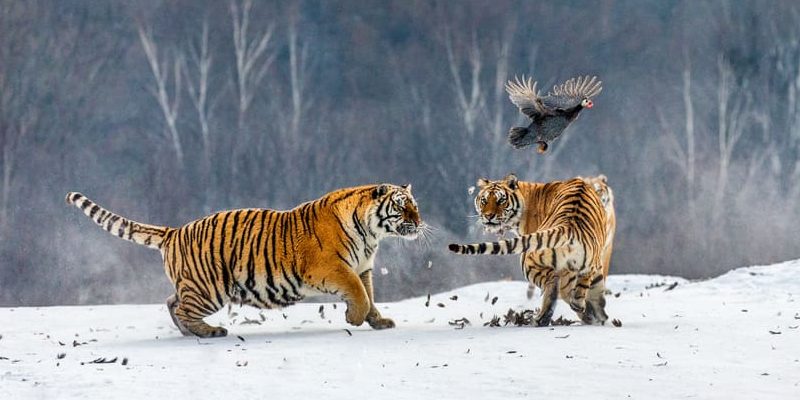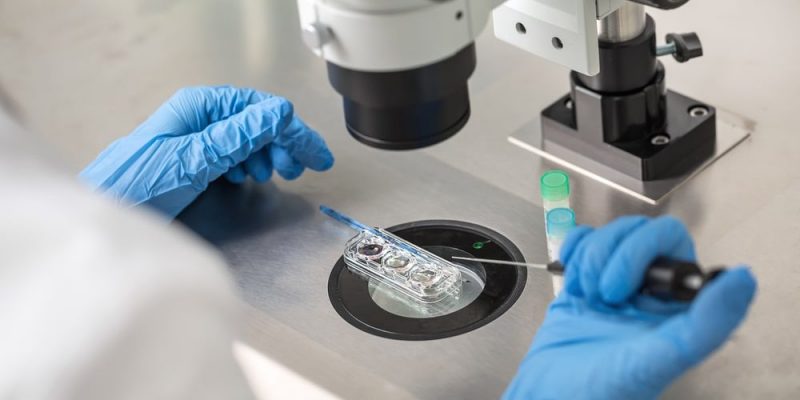We explain what the branches of biology are and the characteristics of botany, zoology, mycology, microbiology and more.

What are the branches of biology?
Biology is the science that studies life and the latter is immensely diverse and complex, so that the disciplines that are dedicated to it are also very abundant. That is why biology has very numerous branches or subdisciplines, that is, more limited fields of study that belong to this general science, but that handle narrower interests.
The branches of biology differ from each other depending on the type of life forms they study or the specific way in which said study is focused. Thus, there are branches dedicated to each kingdom of life, but also to the study of microscopic life as opposed to that perceptible to the naked eye, or the study of life in their respective habitats, and even to the comparative analysis of life forms. or its internal functions.
Below we will see the main branches of biology and what each one studies.
Botany
The botany is the study of life forms classified within the plant kingdom that is, of the plants. This implies their description, classification, ecology, comparative study, relationships among themselves and with other living beings, among many other aspects that concern autotrophic and photosynthetic life forms.
In turn, botany can be classified into two broad aspects:
- pure botany which investigates plant life to better understand it itself.
- Applied botany which applies this knowledge to useful and specific fields, such as agriculture, pharmaceuticals, etc.
Zoology

zoology is the study of living beings classified within the animal kingdom. This ranges from higher animals close to humans to lower and microscopic animals (and some of them, parasites). The only common trait between them is that they are heterotrophic and breathe although they can do the latter in air or water, or in other substances.
In turn, zoology includes very different fields of study of animals, which vary in their approach to them: descriptive zoology seeks to classify them according to their perceptible appearance, while systemic zoology thinks and rethinks the classification models of animal life. , and paleozoology deals with already extinct animals.
Mycology
This is known as study of the organisms that make up the kingdom Fungi, that is, fungi and yeasts heterotrophic decomposing beings, whether free-living or parasitic. Of all the branches of biology, it is perhaps one of the broadest and most diversified, given the complexity of fungal life.
Its practical contributions to different industries are very significant: gastronomy, pharmacology, agriculture, medicine, among others, benefit from the knowledge of fungi and yeasts. Just like the two previous branches, mycology is concerned with classifying, describing and understanding these living organisms in the immensity of their possible appearances.
Microbiology
As its name indicates, it is the study of microscopic life that is, those organisms that we cannot perceive with the naked eye, but that constitute a very relevant presence in absolutely all ecosystems in the world, including the interior of our own bodies.
Microbiology is a relatively recent field in the history of science, since Only three centuries ago it was possible to verify the existence of microscopic beings.
This discovery revolutionized the vision we had of the world and medicine, and it is a field of knowledge in continuous expansion as more and more is known about the various microorganisms that exist and have existed. Only 1% of the microbes in the biosphere are known to humanity so far.
Ecology

Ecology is a branch of biology that focuses on the interactions that occur between the different forms of life that share a habitat. That is, how the relationships between them are woven and what they are.
So, understands life as an organized system in which each species fulfills a certain role. In this system, the transmission of energy and matter occurs between some organisms and others, thanks to their respective feeding processes, in addition to other interactions.
We should not confuse this branch with ecology in the sense of conservationism. Obviously, ecologists are the ones who can best determine the impact of an activity on an ecosystem, since they know the multiple biotic processes that occur within it, but it does not mean that all ecologists are dedicated to conservationism or promoting recycling.
evolutionary biology
As its name suggests, evolutionary biology is linked to the concept of biological evolution: the gradual change of life as it adapts to the conditions of its environment and competes with itself.
This branch of biology is interested in these processes of change and adaptation, establishing kinship links between species (phylogeny) and trying to understand them better and better. the processes that lead to the origin of new species (speciation).
This is also a very young branch of biology, whose origins date back only to the first third of the 20th century, when hitherto unrelated fields of study (ecology, genetics, paleontology, and systemic science) came together holistically to formulate the Synthesis. Julian Huxley's Modern Understanding, that is, the most modern vision we have of how the evolutionary event occurs.
Genetics

This It is the science that studies inheritance that is, the transmission of physical or physiological characteristics from one generation of living beings to the next, through units of biological information known as genes.
To this end, its main objects of study are Deoxyribonucleic Acid (DNA) and Ribonucleic Acid (RNA), two of the main substances involved in the coding and decoding of genetic information.
Genetics is a very broad field of study, which addresses inheritance from multiple perspectives: population, cytological, molecular, etc. Its applications, moreover, are always controversial but impressive, as evidenced by transgenic foods, cloning or messenger RNA vaccines.
Developmental biology
This branch focuses on understanding the embryological formation process of living beings, that is, how a totally new individual is formed from the reproductive cells of its parents. This process encompasses a set of recognizable stages in which various genetic controls of cell growth and differentiation intervene, as the various tissues that make up the body originate.
The biology of development It has common borders with embryology and reproductive studies so their contributions can be revolutionary in the fields of medicine, domestic animal management or genetics.
Biotechnology

biotechnology is the study of the applications of living organisms in the improvement of human life.
That is, how can we take advantage of the processes and functions of other living beings to carry out different tasks: generate medicines from microorganisms (as happened with the discovery of penicillin), transform substances into food (as yeasts do with bread), and many other similar examples.
Astrobiology
Fruit of the union of interests between biology and astronomy, this discipline tries to answer the question about life in the universe that is, beyond the borders of our world.
It is not about the search for extraterrestrial life, nor about ufology, but about study of the chemical and physical processes that occur in space and the attempt to compare them with what we know about the formation of life on the planet, to try to better understand how it could arise and why, and perhaps where else to look for it in the vastness of space.
Continue with: Branches of physics
References
- “Biology” on Wikipedia.
- “Annex: disciplines of biology” on Wikipedia.
- “Main branches of biology” at the Cervantine Studies Center.
- “Biology and its main branches” (video) in EdSci Education & Science.




